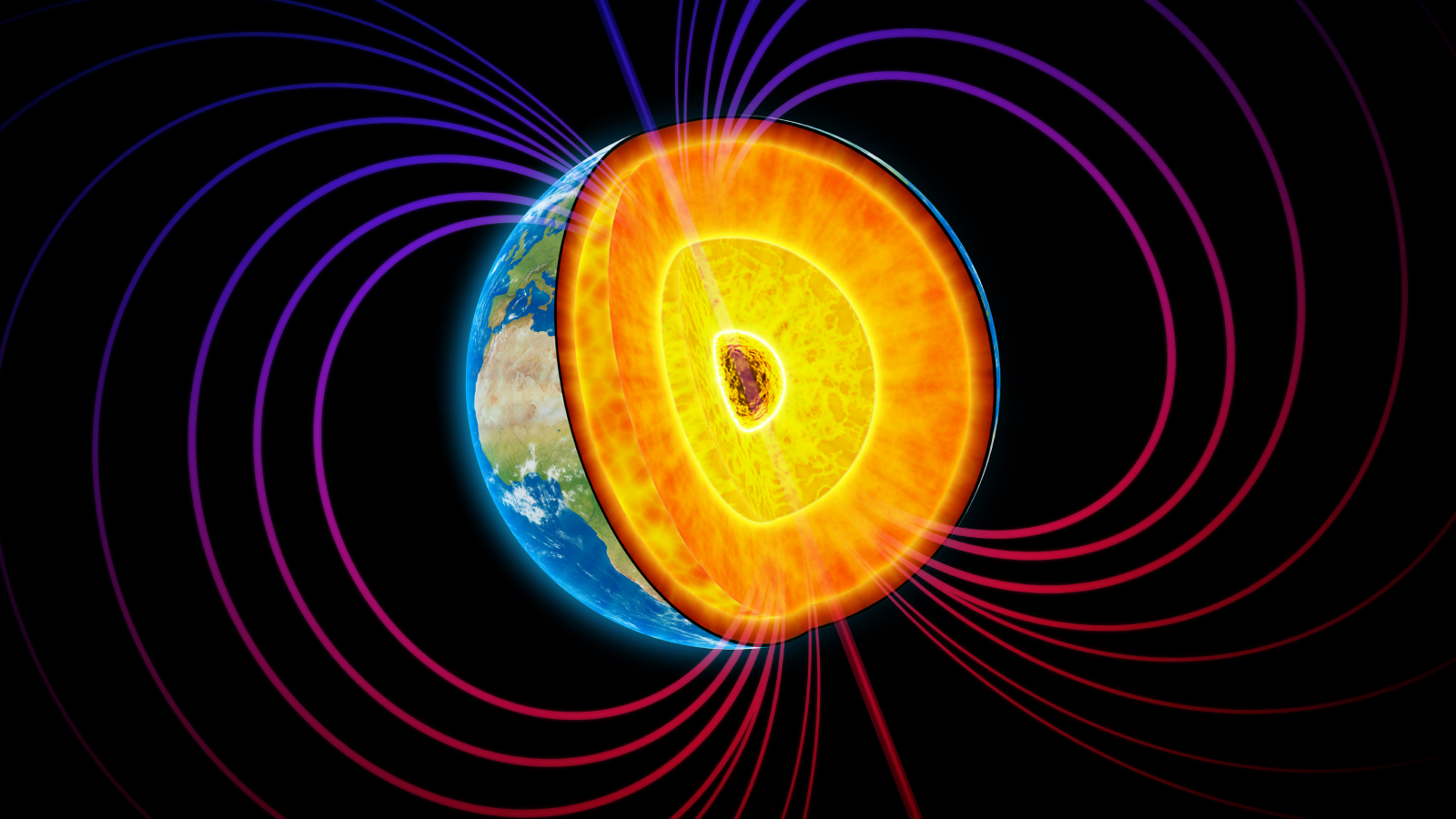Biomimetics, Vol. 9, Pages 403: Aerodynamic Investigation on a Coaxial-Rotors Unmanned Aerial Vehicle of Bionic Chinese Parasol Seed
Biomimetics doi: 10.3390/biomimetics9070403
Authors: Wenbiao Gan Yunpeng Wang Hongbo Wang Junjie Zhuang
Aerodynamic investigation of a bionic coaxial-rotors unmanned aerial vehicle (UAV) is performed. According to Chinese parasol seed features and flight requirements, the bionic conceptual design of a coaxial-rotors UAV is described. A solution procedure for the numerical simulation method, based on a multi-reference frame (MRF) model, is expressed, and a verification study is presented using the typical case. The aerodynamic design is conducted for airfoil, blade, and coaxial-rotors interference. The aerodynamic performance of the coaxial rotors is investigated by numerical simulation analysis. The rotor/motor integrated experiment verification is conducted to assess the performance of the coaxial-rotors UAV. The results indicate that the UAV has excellent aerodynamic performance and bionic configuration, allowing it to adapt to task requirements. The bionic UAV has a good cruise power load reach of 8.36 kg/kw, and the cruise flying thrust force is not less than 78 N at coaxial-rotor and rotor-balloon distance ratios of 0.39 and 1.12, respectively. It has the “blocks stability phenomenon” formed by the rotor downwash speed decreases and the balloon’s additional negative pressure. The present method and the bionic configuration provide a feasible design and analysis strategy for coaxial-rotors UAVs.

 2 months ago
25
2 months ago
25


